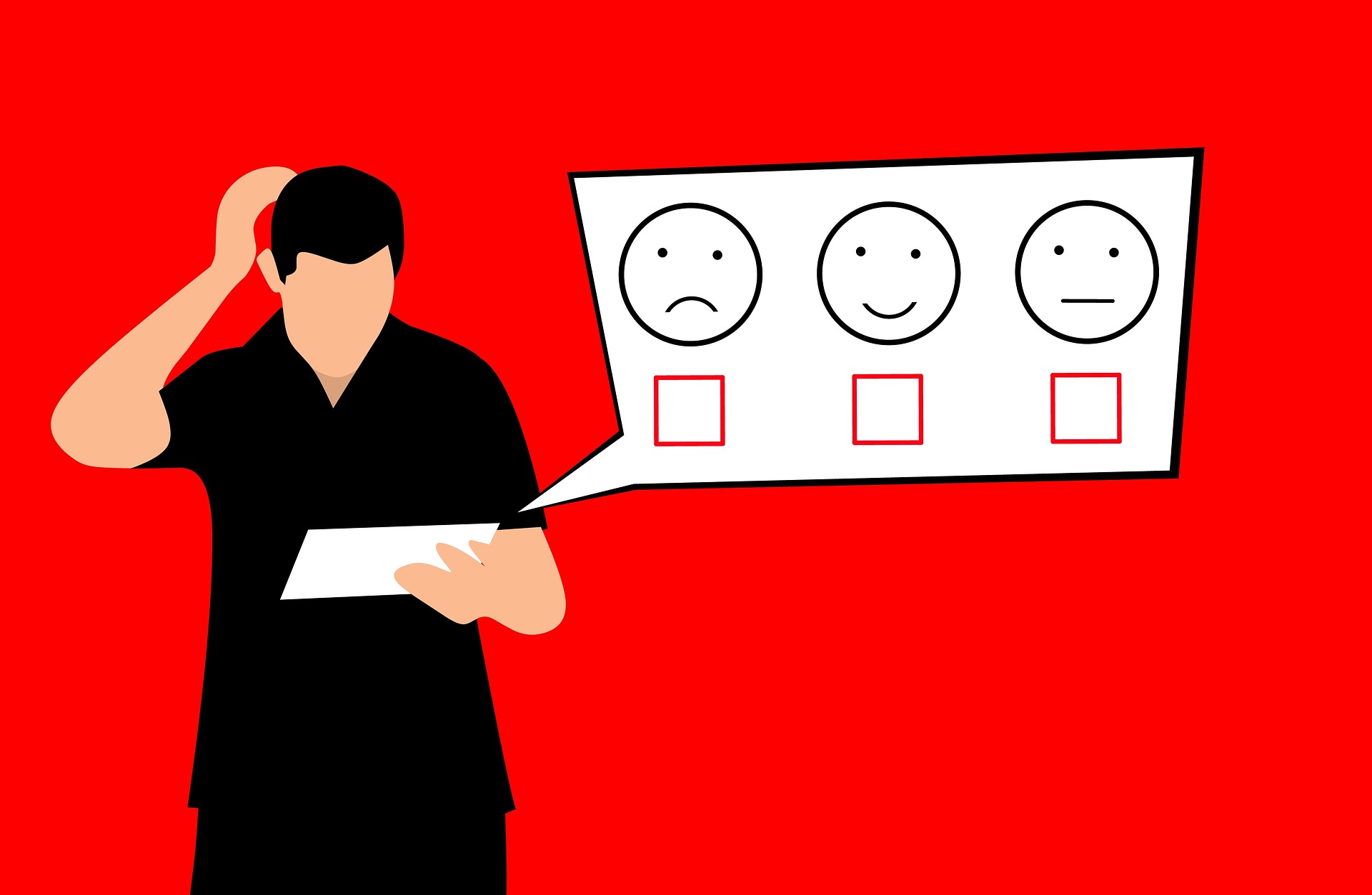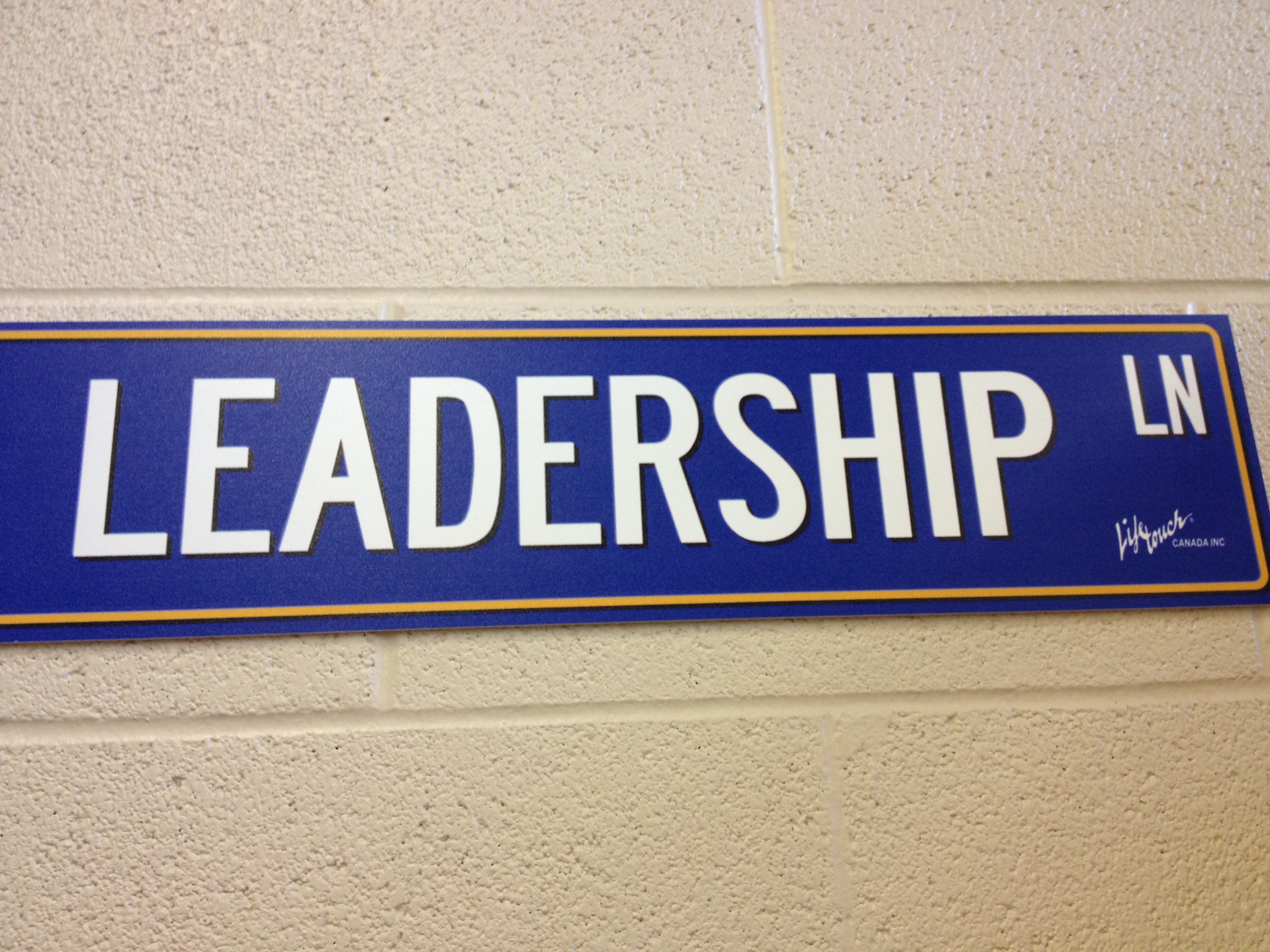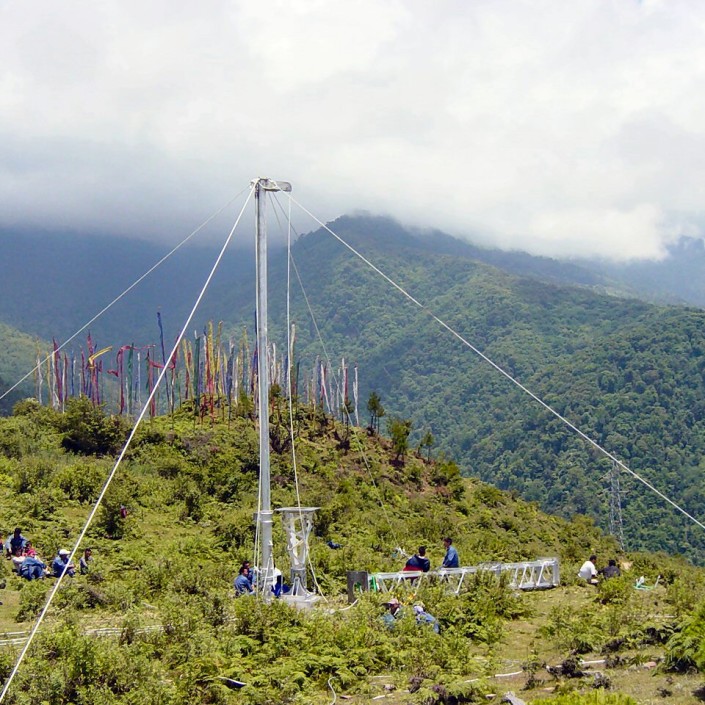Key Takeaways
- Discover how technology and innovation are transforming commercial cleaning practices.
- Learn about best practices that are improving efficiency and sustainability.
- Explore the potential impact of industry advancements on businesses and their clients.
In today’s fast-paced business environment, staying ahead of the curve is paramount, and nowhere is this more evident than in the realm of janitorial services. With technology evolving at a breakneck speed, the commercial cleaning industry is undergoing a notable transformation that emphasizes efficiency, sustainability, and enhanced hygiene. This article delves into the state-of-the-art innovations shaping this industry and highlights best practices that are not only meeting but exceeding customer expectations. The demand for spotless workspaces has increased exponentially, and to meet this demand, service providers are adopting sophisticated tools and practices that were once the stuff of science fiction.

As companies strive to maintain pristine work environments, the role of professional cleaning services continues to grow in importance. These services are adapting by integrating advanced technology and sustainable practices into their operations, ensuring that businesses are kept as clean as possible while also meeting environmental goals. This dedication to excellence is particularly evident in how swiftly businesses have adapted to new practices and how they commit to ongoing improvement to meet evolving standards of cleanliness and customer expectations. Let’s explore these innovations and their implications for the future of commercial cleaning.

Introduction to Commercial Cleaning Innovations
The commercial cleaning industry has seen numerous changes over recent years. These changes are driven by new technologies and heightened customer consciousness about environmental issues. The modern landscape demands businesses to stay informed about the latest industry trends to be competitive and provide top-notch service. This shift is partly due to the increased public awareness of health problems and the need for environments that support well-being, leading cleaning companies to innovate faster to meet these challenges head-on.
Technology Driving Change
Numerous technological advancements are revolutionizing commercial cleaning procedures. Innovations like the Internet of Things (IoT) have enabled companies to monitor cleanliness in real-time, thus streamlining operations and ensuring consistent quality. For example, smart sensors can alert managers when areas need attention, eliminating the “guesswork” associated with traditional cleaning schedules. Intelligent systems can now collect data on usage patterns, helping companies predict needs and allocate resources more efficiently. The decision-making process has become data-driven, significantly enhancing the capability and efficiency of cleaning operations.
Additionally, resources like cleaning industry news highlight how these shifts are becoming integral to operational strategies, providing a competitive edge to early adopters. Companies incorporating these technologies not only gain insights into their operations but also leverage these to provide transparent services that heighten client trust through detailed reporting.
The Role of Robotics in Cleaning
Robotic solutions are increasingly being integrated into commercial cleaning routines. These automated machines promise reduced labor costs and heightened efficiency. Robotic vacuums and scrubbers can work continuously with minimal human intervention, enabling workers to focus on more detailed tasks. Over time, as AI technologies improve, these machines are expected to handle even more complex tasks, enhancing their value in commercial settings. Robots can now navigate obstacles, clean specific areas on command, and adapt their functions based on feedback loops, thus creating more efficient cleaning protocols. This technology not only optimizes labor but often results in superior outcomes with consistent quality.
Eco-Friendly Practices for a Greener Future
Environmental sustainability remains a core consideration, with businesses adopting green cleaning products and implementing waste-reduction strategies. Eco-friendly products reduce harmful chemical usage, making cleaning procedures safer for both humans and the environment. In response to climate change, companies are now mandated to track and reduce their ecological footprint, often opting for biodegradable materials and sustainable methods. As noted in discussions surrounding green cleaning initiatives, adopting such habits not only contributes to environmental health but also satisfies customer demands for corporate responsibility, enhancing brand reputation and customer loyalty.
Enhancing Safety and Hygiene Standards
Maintaining stringent hygiene and safety standards has always been crucial, especially in the wake of global health crises. The industry is now more than ever focused on creating safer environments. New guidelines and certifications are being developed to ensure that cleaners adhere to the highest levels of sanitation protocol. Compliance with these emerging standards is critical for protecting both employees and customers. Enhanced safety protocols include the use of disinfectants proven to kill pathogens effectively, and rigorous checks ensure that these standards are constantly improved upon. Training programs and adherence to safety standards are critical in this development, providing essential reassurance to clients and stakeholders in diverse business sectors.
Training and Development in the Modern Era
As the landscape evolves, continuous staff training becomes essential. Workers must be equipped with the skills needed for handling new technologies and products. Training programs and workshops that prioritize modern methods ensure staff competency and service quality, cementing the company’s reputation as a leader in the field. These programs often include hands-on experience with the latest cleaning equipment and eco-friendly products, alongside theoretical training on usage, allowing workers to adapt swiftly. In turn, employees gain confidence and a sense of ownership over their roles, leading to less turnover and higher levels of job satisfaction.
Customer Expectations and Industry Trends
Customer expectations are constantly evolving. Clients now prioritize transparency and accountability, demanding detailed reporting and sustainable practices. The industry is responding by adopting technologies that track reliability and performance metrics, facilitating greater customer involvement and satisfaction. This shift towards customer-driven insights allows service providers to tailor their offerings precisely to client needs, thereby fostering long-term partnerships and operational collaborations. Real-time reporting and feedback loops have become invaluable tools for tracking progress and demonstrating value to clients.








